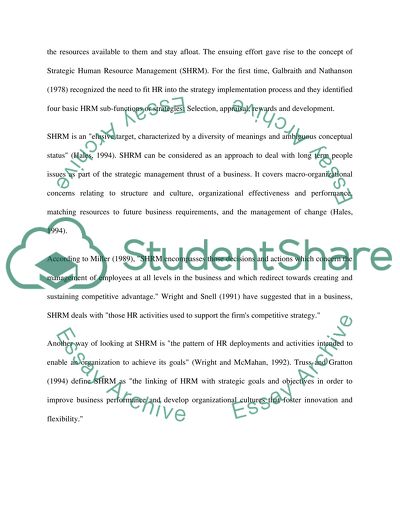Cite this document
(The Existing Models of Strategic Human Resource Management Term Paper, n.d.)
The Existing Models of Strategic Human Resource Management Term Paper. Retrieved from https://studentshare.org/human-resources/1512503-strategic-human-resource-management-assignment
The Existing Models of Strategic Human Resource Management Term Paper. Retrieved from https://studentshare.org/human-resources/1512503-strategic-human-resource-management-assignment
(The Existing Models of Strategic Human Resource Management Term Paper)
The Existing Models of Strategic Human Resource Management Term Paper. https://studentshare.org/human-resources/1512503-strategic-human-resource-management-assignment.
The Existing Models of Strategic Human Resource Management Term Paper. https://studentshare.org/human-resources/1512503-strategic-human-resource-management-assignment.
“The Existing Models of Strategic Human Resource Management Term Paper”, n.d. https://studentshare.org/human-resources/1512503-strategic-human-resource-management-assignment.


